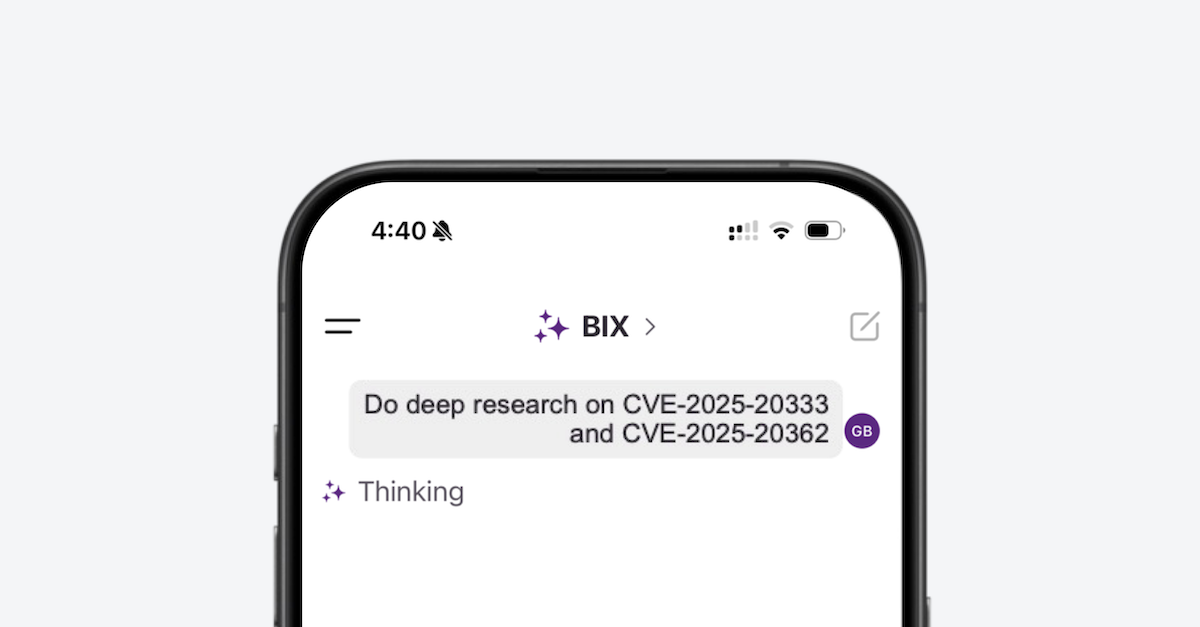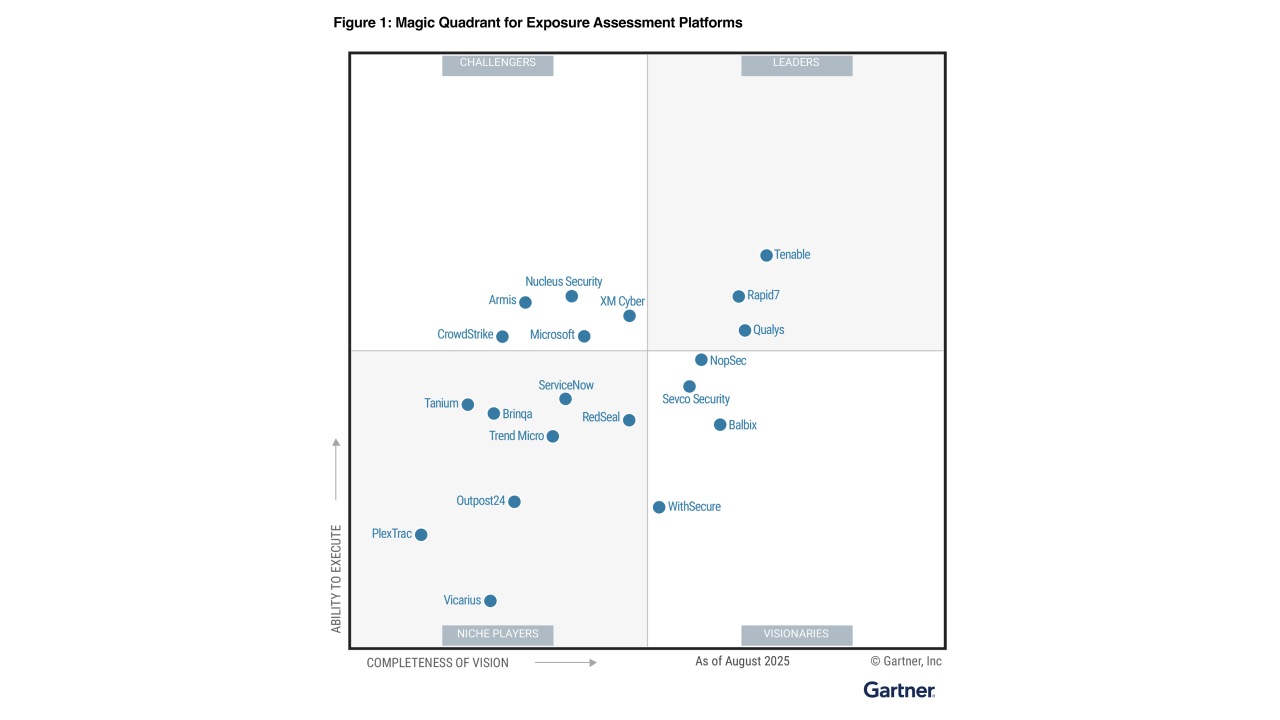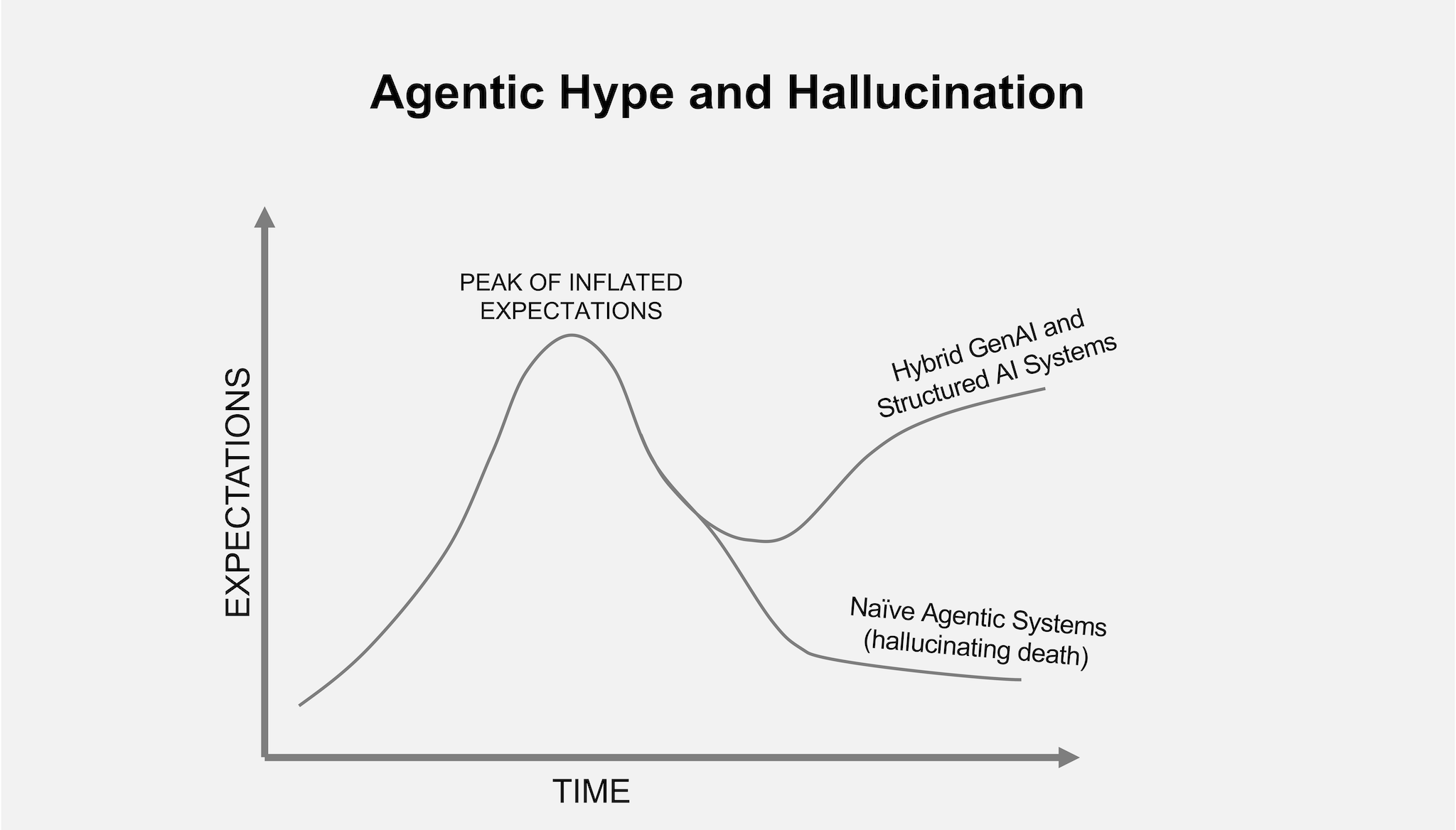Security professionals will agree that access control has become a foundational pillar of cybersecurity in the age of evolving cyber threats and increasingly stringent compliance requirements. Unauthorized access continues to be one of the most significant drivers behind modern breaches, making effective solutions a necessity, not an option.
This is where Role-Based Access Control (RBAC) stands tall. RBAC helps mitigate insider threats and ensures seamless compliance with key industry standards. More importantly, it simplifies access management in complex multi-user environments, giving organizations a strategic edge.
This guide will explain the RBAC foundations, compare them with other access control mechanisms, and provide practical implementation strategies.
Understanding RBAC
What Is RBAC?
Role-Based Access Control (RBAC) is a security model that restricts system access based on a user’s role within an organization. Instead of assigning permissions directly to individuals, RBAC ties those permissions to predefined roles representing specific job functions. This approach simplifies administration and enforces the principle of least privilege by ensuring users can perform only the actions pertinent to their roles.
Key Components of RBAC
- Roles: Defined sets of permissions tied to specific job responsibilities.
- Permissions: Approval to perform operations like accessing specific files, running applications, or making system changes.
- Users: Individuals assigned to roles, inheriting the associated permissions.
Types of RBAC Models
Flat RBAC
This is the most basic and straightforward RBAC model. This model assigns roles directly to users without any hierarchy, relationships, or additional constraints. Each user has a specific role, and each role comes with a defined set of permissions.
While simple to implement, this model can become challenging to manage as the number of users and roles grows, making it less suitable for larger or more complex organizations.
Hierarchical RBAC
This model mirrors organizational structures by allowing roles to inherit permissions from other roles in a hierarchy. For example, a “Manager” role may automatically inherit all the permissions of a “Team Member” role, plus additional permissions specific to managerial tasks.
This reduces redundancy and simplifies role management by allowing shared permissions to be grouped under broader roles. Hierarchical RBAC is particularly effective in organizations with clearly defined chains of command or structured responsibilities.
Constrained RBAC
This model adds additional constraints or rules to enforce security policies and prevent permission misuse. A common example is the “separation of duties” principle, which ensures that no single user can access conflicting roles or permissions, reducing the risk of errors, fraud, or abuse.
For instance, in financial systems, one user might have the role of creating payments while another has the role of approving them, ensuring accountability and security. Constrained RBAC is ideal for industries or systems that require strict compliance and robust security measures.
Comparing Access Control Models
Access control is not a one-size-fits-all approach. Different models cater to different organizational needs, offering varying levels of flexibility, scalability, and complexity. Here’s a deeper look at how RBAC (Role-Based Access Control) compares to other popular alternatives:
Attribute-Based Access Control (ABAC)
Access decisions are based on a wide array of attributes, such as user role, device type, location, time, and more. ABAC evaluates these attributes in real-time to determine whether access should be granted.
- Pros
- Offers fine-grained control over access, making it highly suitable for organizations with diverse and flexible requirements.
- Policies can adapt dynamically to changing conditions, such as location-based restrictions or time-sensitive access. This makes ABAC ideal for industries like healthcare or financial services, where compliance and contextual awareness are critical.
- Cons
- The complexity of policy management can quickly escalate, especially in larger organizations with numerous attributes to track.
- Higher implementation and maintenance costs, as ABAC often requires advanced software systems and expertise to configure properly.
Policy-Based Access Control (PBAC)
PBAC takes elements from both RBAC and ABAC, relying on centralized policies that define access rules. These policies incorporate a mix of roles and attributes to create a hybrid, flexible approach.
- Pros
- Highly scalable, making it suitable for large, complex environments with thousands of users, systems, or devices.
- Dynamic rule enforcement allows organizations to tailor access controls to meet evolving business needs, such as when onboarding new teams or adjusting to regulatory changes.
- Cons
- Requires a robust policy management infrastructure, including tools and processes to define, monitor, and update access policies.
- Policy creation and maintenance can become resource-intensive, demanding significant time and expertise.
Why RBAC Is Critical in Cybersecurity
RBAC (Role-Based Access Control) provides unique and powerful advantages that align with modern cybersecurity and operational goals across industries of all sizes. By assigning access based on roles rather than individual users, RBAC enhances security, streamlines operations and ensures regulatory compliance.
1. Enforcing the Principle of Least Privilege (PoLP)
RBAC ensures that users only have the minimum access required to perform their tasks, adhering to the Principle of Least Privilege. This means no one is granted excessive permissions beyond their specific role.
Impact:
- Reduces potential attack surfaces by limiting unnecessary access.
- Mitigates insider threats, as users cannot access information or systems outside their scope.
- Limits privilege escalation during breaches, ensuring attackers cannot exploit overly broad permissions to cause further damage.
RBAC is especially critical in environments storing sensitive data, such as financial systems, healthcare databases, and government platforms.
2. Simplified Access Management
RBAC simplifies access control by managing permissions at the role level rather than assigning them individually. This is particularly beneficial as organizations scale and need to handle numerous users with varying roles and responsibilities.
Impact:
- Accelerates onboarding and offboarding processes, ensuring new employees can quickly access the tools they need while former employees lose access immediately.
- Reduces the risk of administrative errors, which can occur when permissions are manually assigned to individuals.
- Helps IT teams save time and focus on higher-priority tasks, as they no longer need to manage complex access configurations for each user.
With fewer manual processes, organizations can achieve greater consistency and efficiency in managing access across their systems.
3. Compliance and Auditability
RBAC simplifies the process of aligning access controls with regulatory requirements. By mapping roles to specific regulatory standards, such as PCI DSS, HIPAA, or NIST, organizations can ensure compliance without overhauling their systems.
Impact:
- Eases audit preparations by offering a clear view of who has access to what and why.
- Enhances tracking and accountability by maintaining detailed logs of user activity and permissions.
- Reduces the likelihood of compliance violations, helping organizations avoid fines or reputational damage.
The ability to demonstrate a well-implemented RBAC system during audits is often a key factor in meeting governance and compliance standards across various industries.
4. Tackling Privilege Creep
Over time, users may accumulate unnecessary permissions as they take on new responsibilities or switch roles. RBAC addresses this issue by enabling regular reviews of roles and permissions to ensure only necessary access is retained.
Impact:
- Keeps roles lean and prevents users from holding excessive or outdated permissions.
- Supports zero trust frameworks by enforcing strict access controls.
- Reduces the risk of security vulnerabilities created by unused or unnecessary permissions.
5. Scaling for Large Organizations
One of RBAC’s key strengths is its ability to scale effectively in large and complex organizations. Whether operating in federated systems, hierarchical structures, or multi-cloud environments, RBAC provides a flexible solution that grows with the business.
Impact:
- Enhances usability and security simultaneously, ensuring that both small teams and massive enterprises can implement logical, role-based permissions.
- Supports dynamic and evolving organizational structures by allowing roles to be adjusted or expanded.
- Ensures continuity and consistency in access management, even as the organization grows or adopts new technologies.
This scalability makes RBAC an ideal choice for any organization looking to maintain effective access control in a rapidly changing landscape.
RBAC in Practice
Let’s explore real-world examples of how RBAC can be applied across different industries and workflows:
1. Security Operations Center (SOC) Workflow
In a Security Operations Center, roles are clearly defined to manage critical tasks and ensure proper access control.
- Roles: SOC Analyst, Incident Responder, SOC Manager.
- Permissions: Access to SIEM (Security Information and Event Management) tools, interaction with threat intelligence platforms, and incident response workflows.
By assigning permissions based on roles, the SOC remains secure, enabling team members to focus on their specific responsibilities without interference.
2. Cloud Infrastructure Management
Cloud environments require precise access control to ensure security and operational efficiency.
- Roles: Cloud Administrator, DevOps Engineer, Cloud Security Specialist.
- Permissions: Provisioning infrastructure, updating configurations, monitoring resources, and managing cloud security policies.
RBAC allows cloud teams to work productively and securely, minimizing the risks associated with overly broad access in dynamic cloud systems.
3. Healthcare Systems
Healthcare organizations handle highly sensitive patient data, making RBAC essential for protecting privacy and ensuring compliance with regulations like HIPAA.
- Roles: Doctor, Nurse, Administrative Staff, IT Support.
- Permissions: Patient data access, prescription handling, appointment scheduling, and system maintenance.
With RBAC, healthcare providers can maintain strict access controls while enabling smooth collaboration between medical and administrative teams.
Overcoming Challenges in RBAC Implementation
Role-Based Access Control (RBAC) offers significant benefits in managing access to systems and data, but implementing it effectively comes with its own set of challenges. Here’s a closer look at these common obstacles and how organizations can address them successfully.
Challenge 1. Role Explosion
Granular access requirements often result in the creation of an overwhelming number of roles, which can make access administration overly complex and difficult to manage. This “role explosion” not only slows down processes but also increases the chances of errors in assigning permissions.
Solution: Consolidate permissions into well-defined, reusable roles that can accommodate common needs across multiple users. Organizations can simplify management and reduce redundancy by standardizing roles and grouping similar permissions.
Challenge 2. Overlapping Roles
When users are assigned multiple roles, they may encounter overlapping or conflicting permissions, leading to unintended access to sensitive data or functionality. This can create compliance risks and undermine the security model.
Solution: Incorporate separation of duties (SoD) constraints to ensure no single user has excessive or conflicting access. Carefully design roles to minimize overlap, and implement systems to detect and address conflicts when they occur.
Challenge 3. Stale Roles
As employees change positions or responsibilities, their roles often don’t keep up. This results in “stale roles,” where users maintain access to systems they no longer need, increasing the risk of unauthorized access or insider threats.
Solution: Conduct periodic audits and access reviews to ensure roles and permissions remain up-to-date. Regularly review user access to align with their current responsibilities and promptly remove unnecessary permissions. Automating these audits can improve efficiency and reduce the risk of oversight.
Conclusion
Balancing security and operational efficiency in access management is no small feat, especially as organizations scale across users, systems, and environments. While Role-Based Access Control (RBAC) provides a structured and effective model for enforcing least privilege, true resilience requires visibility into how access ties to broader cyber risk.
That’s where Balbix can help. As an AI-powered exposure management platform, Balbix helps prioritize and remediate the most critical risks, including those tied to access misconfigurations.
Frequently Asked Questions
- What is Role-Based Access Control (RBAC) in cybersecurity?
-
Role-Based Access Control (RBAC) is a security model that restricts access to systems and data based on a user’s organizational role. Instead of assigning permissions to individuals, RBAC assigns permissions to roles, and users inherit those permissions through role assignments. This approach simplifies access management, enforces the principle of least privilege, and supports regulatory compliance.
- How does RBAC differ from ABAC and PBAC?
-
- RBAC (Role-Based Access Control) assigns access based on predefined roles.
- ABAC (Attribute-Based Access Control) uses dynamic attributes like location, device type, or time to determine access.
- PBAC (Policy-Based Access Control) combines elements of both, using centralized policies that incorporate roles and attributes.
- RBAC is simpler and widely used, while ABAC and PBAC offer more flexibility for complex environments.
- What are the key benefits of implementing RBAC?
-
Implementing RBAC offers several security and operational benefits:
- Enforces least privilege by restricting access to only what’s needed.
- Simplifies user onboarding and offboarding.
- Supports compliance with regulations like HIPAA, PCI DSS, and NIST.
- Reduces privilege creep and insider threats.
- Scales easily for large organizations with complex access needs.
- What are the common challenges when implementing RBAC?
-
Common RBAC implementation challenges include:
- Role explosion from creating too many granular roles.
- Overlapping roles that cause conflicting permissions.
- Stale roles when users retain access after job changes.
These challenges can be mitigated with role consolidation, separation of duties (SoD) controls, and periodic access audits.


